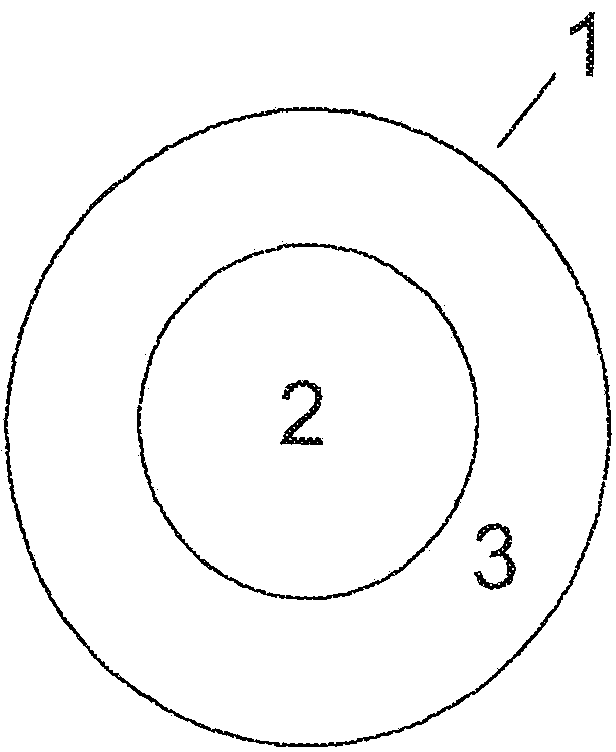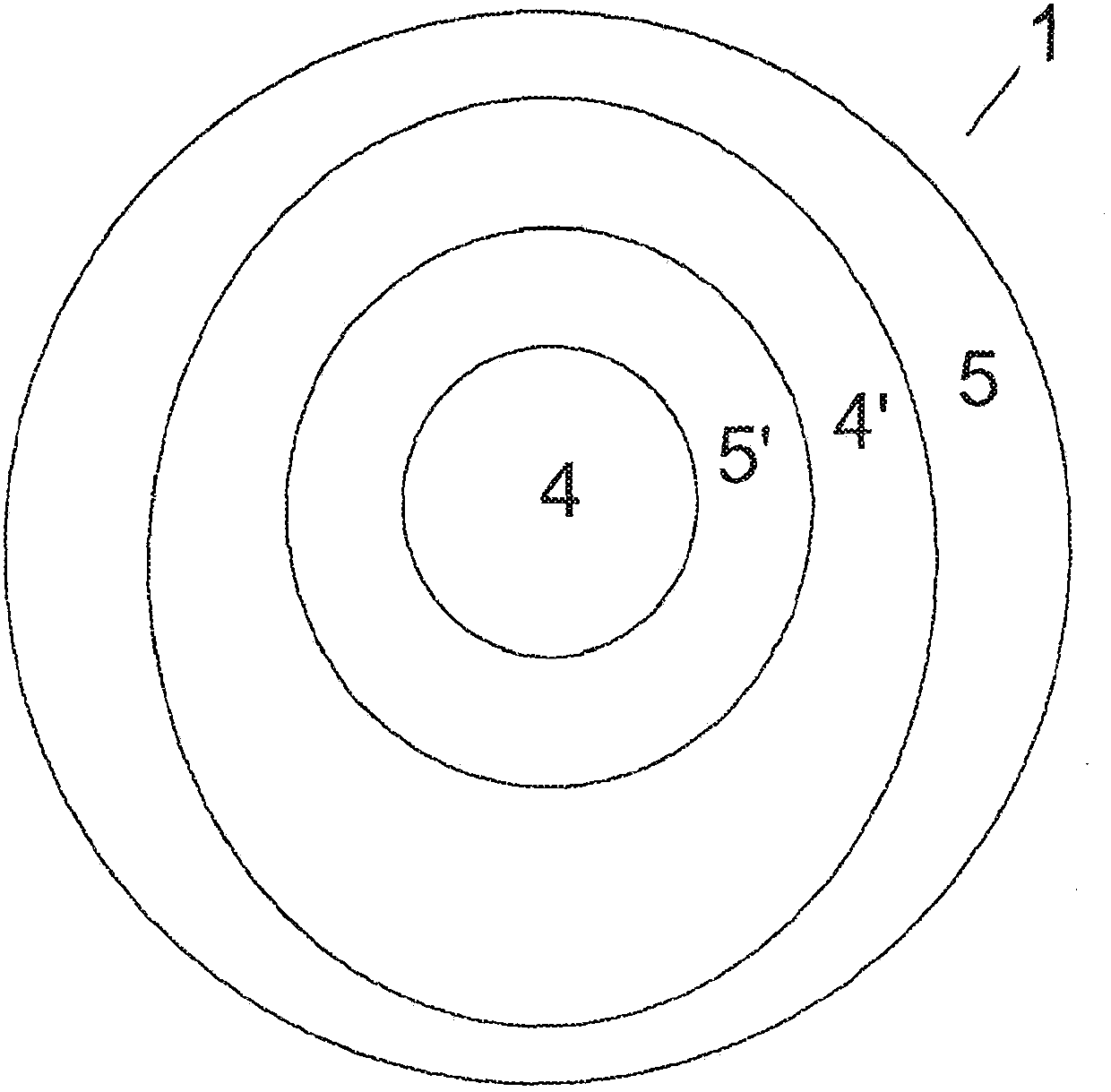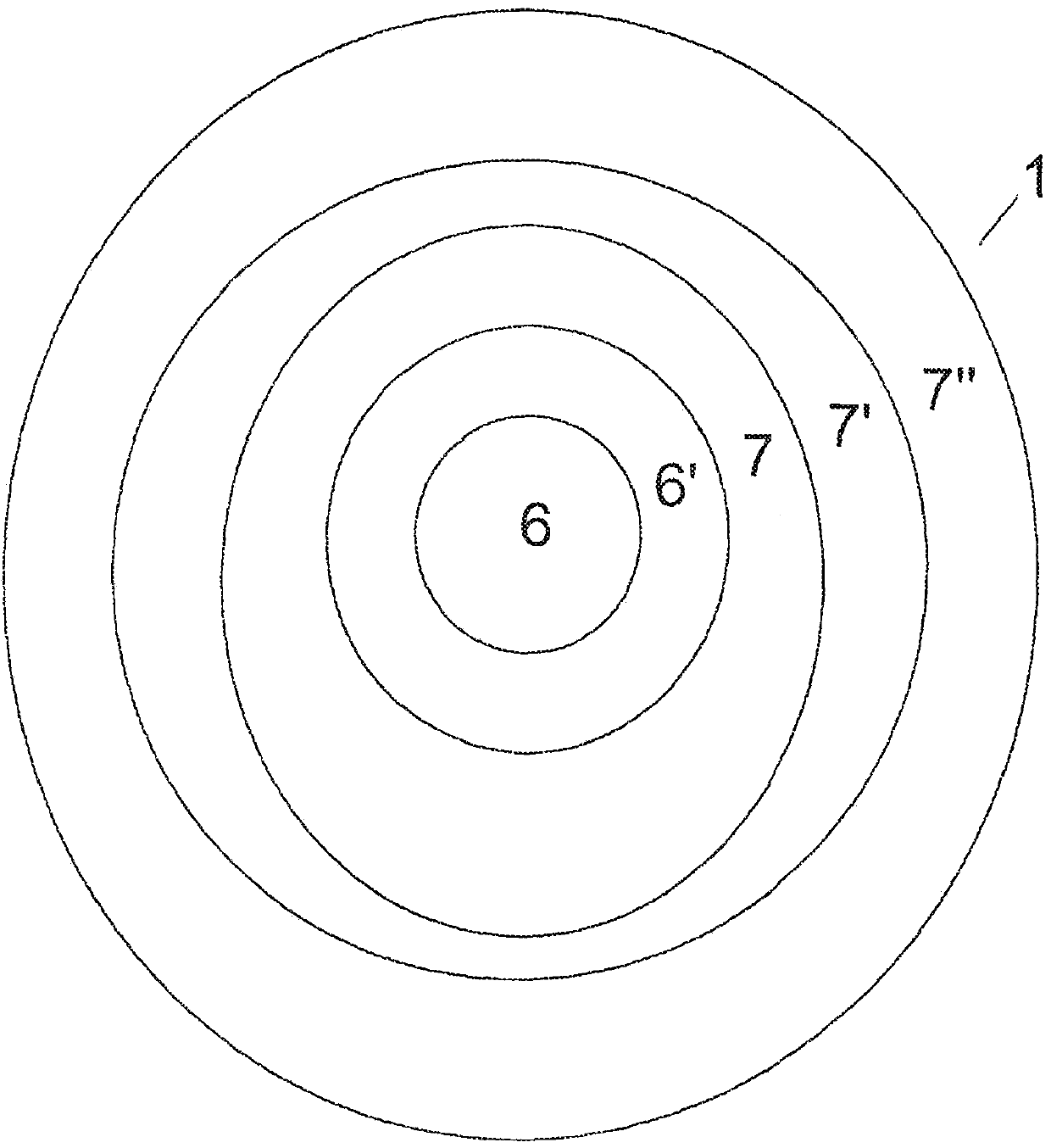Structured acrylate copolymer for use in multi-phase systems
A technology of acrylic acid and methacrylic acid, which is applied in the field of core-shell polymer thickener and surfactant composition, and can solve problems such as haze and poor transparency
- Summary
- Abstract
- Description
- Claims
- Application Information
AI Technical Summary
Problems solved by technology
Method used
Image
Examples
Embodiment 1
[0402] Embodiment 1 (two-stage polymer)
[0403] To a first (feed) reactor equipped with a stirrer containing 68.6 grams of deionized water (D.I.) and 6.67 grams of sodium lauryl sulfate (30% active ingredient in water wt / wt), 130.4 grams of ethyl acrylate and 69 grams of methacrylic acid and mixed at 500 rpm to form a monomer emulsion. To a second reactor equipped with a stirrer was added 1,340 grams of deionized water and 3.17 grams of sodium lauryl sulfate (30% active ingredient wt / wt in water). The contents of the second reactor were heated under a nitrogen atmosphere with mixing and stirring (200 rpm). When the contents of the second reactor reached a temperature of approximately 84°C, 27.0 grams of ammonium persulfate solution (2.0% aqueous solution wt / wt) was injected into the heated surfactant solution. The monomer emulsion from the feed reactor was gradually metered (9.37 g / min.) into the second reactor over a period of about 30 minutes at a reaction temperature mai...
Embodiment 2
[0405] Into a first (feed) reactor equipped with a stirrer containing 68.6 grams of deionized water (D.I.) and 6.67 grams of sodium lauryl sulfate (30% active ingredient in water wt / wt), 5.0 grams of Ethal SA20, in 130.4 grams of ethyl acrylate and 69 grams of methacrylic acid were added under a nitrogen atmosphere and mixed at 500 rpm to form a monomer emulsion. To a second reactor equipped with a stirrer was added 1340 grams of deionized water and 3.17 grams of sodium lauryl sulfate (30% active ingredient in water wt / wt). The contents of the second reactor were heated (200 rpm) under a nitrogen atmosphere with mixing and stirring. When the contents of the second reactor reached a temperature of approximately 84°C, 27.0 grams of ammonium persulfate solution (2.0% aqueous solution wt / wt) was injected into the heated surfactant solution. The monomer emulsion from the feed reactor was gradually metered into the second reactor over 30 minutes at a feed rate of 1.87 g / min at a re...
Embodiment C-1
[0407] Embodiment C-1 (comparison)
[0408]An acrylic-based emulsion polymer with a crosslinked core and a linear shell, designated Polymer C-1, was polymerized from the components given in Table 1 . The emulsion polymerization procedure given in Example 2 was followed except that the crosslinked core polymer was synthesized in a first stage reaction followed by the synthesis of the linear polymer shell. In this example, 10% of the monomer emulsion prepared in the feed reactor given in Example 2 was metered over a period of 6 minutes at a temperature maintained at 85 °C and at a feed rate of 24 ml / min. Add to the second reactor. Then 3.0 grams of crosslinking monomer (TMPTA) was added to the second reactor and mixed for 10 minutes to obtain a homogeneous monomer emulsion. 27.0 grams of ammonium persulfate (2.0% aqueous solution wt / wt) was injected into the reactor with stirring and polymerized to form cross-linked core particles. After standing for 10 minutes, the second co...
PUM
| Property | Measurement | Unit |
|---|---|---|
| viscosity | aaaaa | aaaaa |
| number average molecular weight | aaaaa | aaaaa |
| particle size | aaaaa | aaaaa |
Abstract
Description
Claims
Application Information
 Login to View More
Login to View More - R&D
- Intellectual Property
- Life Sciences
- Materials
- Tech Scout
- Unparalleled Data Quality
- Higher Quality Content
- 60% Fewer Hallucinations
Browse by: Latest US Patents, China's latest patents, Technical Efficacy Thesaurus, Application Domain, Technology Topic, Popular Technical Reports.
© 2025 PatSnap. All rights reserved.Legal|Privacy policy|Modern Slavery Act Transparency Statement|Sitemap|About US| Contact US: help@patsnap.com



